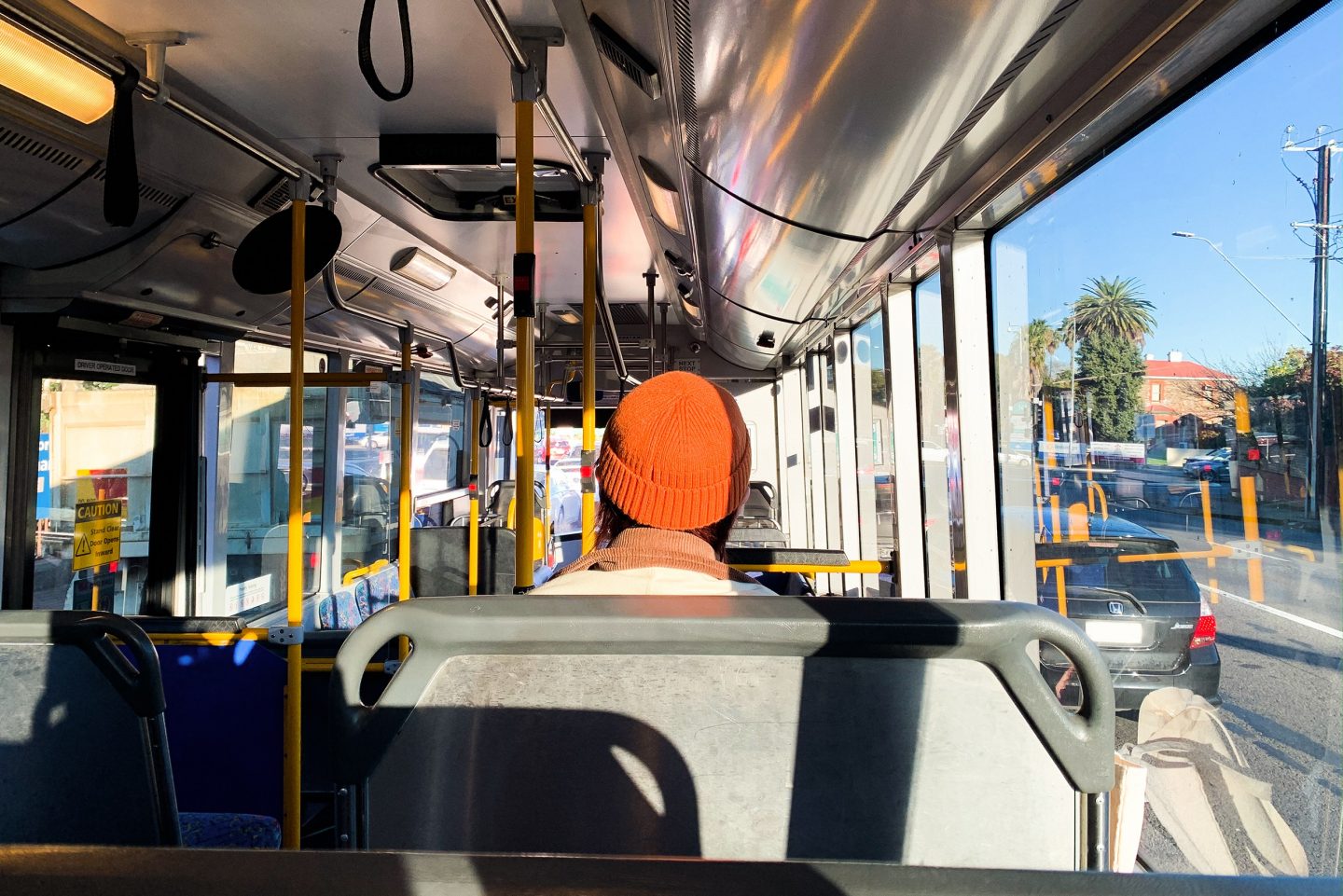
Gemma Beale
Gemma Beale is a PhD candidate at the Australian Industrial Transformation Institute, Flinders University exploring the relationship between precarious employment and industry closure.

Public transport is an essential service, and its occasional reform is a necessary, if unenviable, part of modern governance. But as the state government’s recent retreat shows, it can be a bumpy road.
In the great annals of South Australian public transport history, the Marshall government’s recent attempt at reforming Adelaide Metro bus services will go down as a somewhat fumbled footnote. In the space of 16 days in June the government announced it would be cutting 500 bus stops across the metro area, before the state opposition forced them to concede that it was closer to 1000 stops. The ensuing public outcry eventually prompted the Premier to renege on the plan all together.
This rationing of bus stops occurred alongside an assortment of less headline-grabbing tinkering. There are ongoing trials for the on-demand Keoride app in Mount Barker and the Barossa Valley; the privatisation of the tram network took effect; the tender process for the train network is open; and the government axed its own locally made metroMATE app in favour of three international third party apps (two of which make it as easy to book a rideshare car as find out when your bus is due).
Few would dispute the need for periodic reform; a cursory glance at our current network map reveals a complicated system of city-centric routes, of varying frequency. That a stop exists does not necessarily mean it is particularly well-serviced, but without thorough explanation from the government – or perhaps even a clear understanding of its own – the removal of 1000 stops is an alarming proposition. To their credit, the government’s proposed bus network changes came with a call for community feedback, but the information made available was difficult to understand and near-exclusively online.
Bringing the public along for the ride when making these kinds of changes is a complex task, because it requires finding a balance between often competing needs of existing and prospective users, and between current use and future demand. Accepted change therefore requires a near-constant process of clear and accessible communication and consultation; to understand needs, to identify areas for improvement and, then, vitally to disseminate a clear explanation of those changes.
Relying on online surveys to gauge the sentiment of a customer base as broad, and with such diverse needs, as public transport users can bring many problems. But one piece of feedback that rang through loud and clear was concern about passenger accessibility and safety. For the average able-bodied person commuting to their office job during the day, a longer walk to a more frequently serviced bus stop might be a good deal. But public transport needs to provide for a range of users and an (up to) one-kilometre walk is a different proposition for older members of our community on an inclement day – or for a young woman trying to get home after a late shift.
In question time on 16 June, the opposition presented then–Transport Minister Stephan Knoll with the example of ‘Peter from Golden Grove’, a 76-year-old with limited mobility who under the changes faced an extra 750-metre walk to his nearest stop. In response, Knoll explained that “getting on or off a bus does require the ability of someone to be able to walk”, while pointing to a “spectrum of [alternate] transport that’s available for people with mobility issues”.
It seems broadening this “spectrum” beyond the idea of an almost door-to-door bus network to a patchwork of public and private providers is a recurring theme of the state government’s transport reform. While ridesharing apps and other emerging ‘disruptors’ like e-scooters have become a popular solution to fill ‘gaps’ in transport networks (often cited as a way to reduce our reliance on cars) their benefit is not always clear cut. Not only do these innovations cater to a quite narrow range of passenger experience, often at additional cost to the individual, they are also questionably profitable. On-demand trials in NSW drew attention last year after the regulatory body found the average cost per passenger was almost $35 per trip.
The dumping of these reforms – not to mention Knoll being subsumed by an MP expenses scandal – renders some of these discussions moot, but their attempted rollout highlights an inevitable tension of trying to economically rationalise a vital public service. Matthew Burnell of the Transport Workers Union (TWU) says public transport is ultimately a service, not a business. “This is about providing a service to the public,” he tells The Adelaide Review. “It is not a for-profit business. It is about ensuring that every person in society has an opportunity to travel to and from a chosen location, with some sort of freedom, at a relatively cost-effective hit to their pocket.”
In the end, these reforms are a cautionary tale for future governments. Whether it will be the kind that encourages learning from recent missteps, or discourages difficult but necessary reform entirely, remains to be seen.
Either way, we do need a vision for what we want our cities to look and operate like 10 and 20 years from now, with a system that reduces congestion and is physically and fiscally accessible for patrons. But, perhaps most importantly, one that can get the public on board.

Gemma Beale is a PhD candidate at the Australian Industrial Transformation Institute, Flinders University exploring the relationship between precarious employment and industry closure.